
Deutsch-Chinesische Enzyklopädie, 德汉百科
 Republic of Korea
Republic of Korea
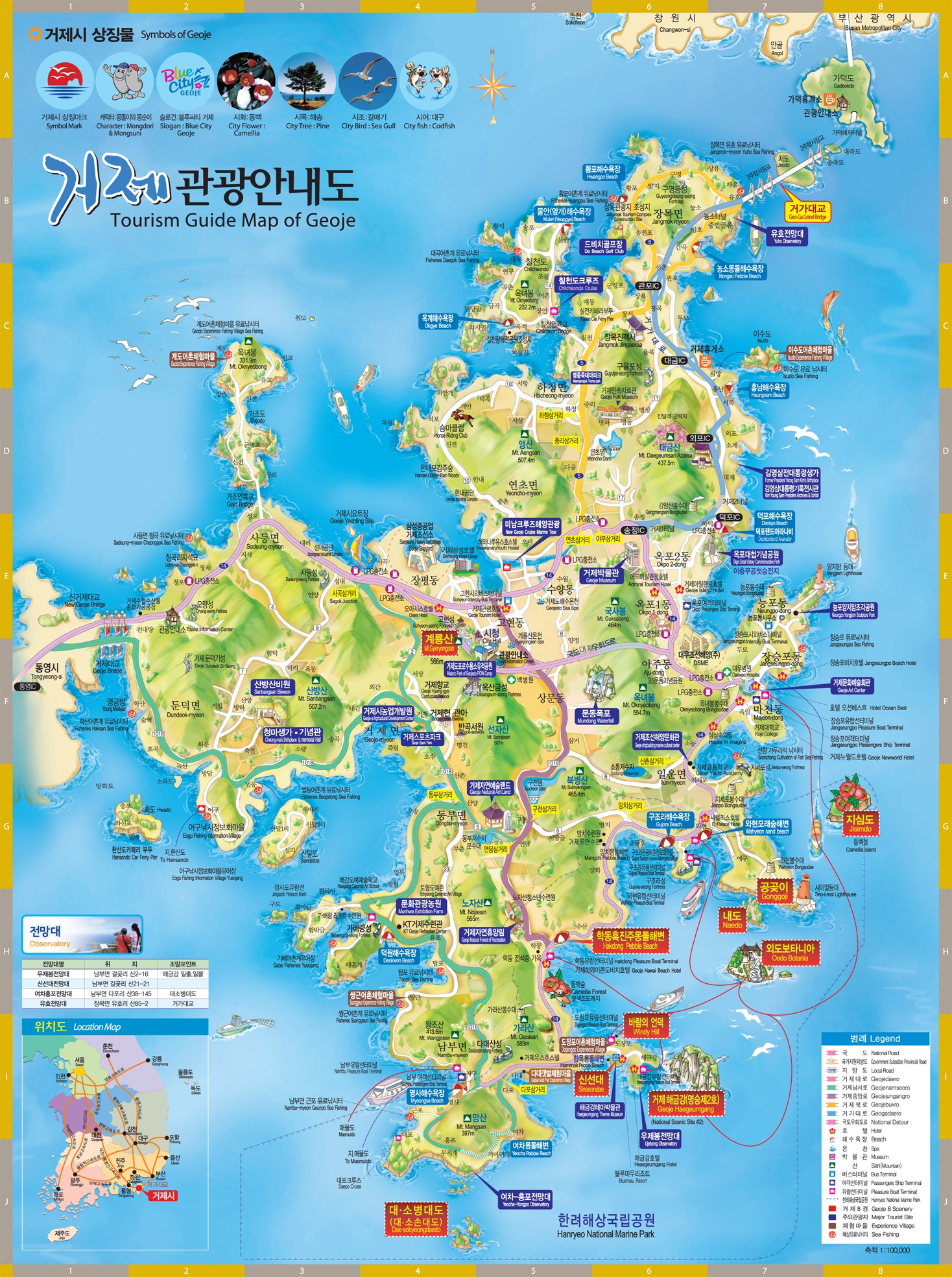


 Energy resource
Energy resource

 Energy resource
Energy resource
 *Electrical power
*Electrical power
 Erneuerbare Energie
Erneuerbare Energie
 Meeresenergie
Meeresenergie
 Republic of Korea
Republic of Korea



Go (chinesisch 圍棋 / 围棋, Pinyin wéiqí; japanisch 囲碁 igo; koreanisch 바둑 baduk; wörtlich Umzingelungsspiel) ist ein strategisches Brettspiel für zwei Spieler. Das Spiel stammt ursprünglich aus dem antiken China und hat im Lauf der Geschichte eine besondere Prägung in Japan, Korea und Taiwan erhalten. Erst seit dem 20. Jahrhundert fand Go auch Verbreitung außerhalb Ostasiens. Laut Angaben von Mind Sports Online lag die Zahl der Go-Spieler im Jahr 2000 weltweit bei rund 27 Millionen Menschen, wovon allein 22 Millionen in Ostasien lebten. Deutschland lag nach dieser Berechnung auf Platz eins der westeuropäischen Länder.[1] Die International Go Federation (IGF) bezifferte im Jahr 2011 die Zahl der Go-Spieler weltweit auf rund 40 Millionen.[2] Die British Go Association (BGA) gab 2013 die Zahl der weltweiten Spieler mit 60 Millionen an.[3]
围棋是一种策略性棋类,使用格状棋盘及黑白二色棋子进行对弈。起源于中国,中国古时有“弈”、“碁”[1]、“手谈”等多种称谓,属琴棋书画四艺之一。西方称之为“Go”,是源自日语“碁”的发音。
对弈双方在棋盘网格的交叉点上交替放置黑色和白色的棋子。[2]落子完毕后,棋子不能移动。对弈过程中围地吃子,以所围“地”的大小决定胜负。
围棋规则简洁而优雅,但玩法却千变万化,欲精通其内涵需要大量的练习与钻研。国际象棋大师伊曼纽·拉斯克称赞说:“如果在宇宙中的其他地方存在智能生命形式,他们几乎肯定会下围棋。”[3]与此同时,围棋被认为是当前世界上最复杂的棋盘游戏之一,其复杂度已于1978年被Robertson与Munro证明为PSPACE-hard[4]。
截至2008年年中,全世界有超过四千万玩家,其中绝大多数在东亚。[5]截至2015年7月,国际围棋联盟共拥有75个成员国和5个协会会员。[6]
起源于中国
围棋起源于中国,是世界上最古老的棋类运动之一。推测起源时间为大约公元前23世纪。传说尧的儿子丹朱顽劣,尧发明围棋以教育丹朱,陶冶其性情。[7] 当前围棋的最早可靠记载见于春秋时期的《左传》[8],战国时期的弈秋是见于史籍的第一位棋手,最早的围棋文物可以追溯到战国时期[9]。汉朝时棋盘为17路,南北朝时候,棋盘定型为现在的19道棋盘,传入朝鲜半岛[10],并且出现了评定棋手水平的围棋九品制。围棋逐渐成为中国知识阶层修身养性的一项必修课目,为“琴棋书画”文人四艺之一。
中国古代对围棋尚有“弈”、“碁”、“手谈”、“坐隐”、“烂柯”、“方圆”、“黑白”、“乌鹭”、“大棋”、“木野狐”等雅称,下围棋又称对弈、博弈、奕棋。弈局指棋局,弈枰、弈楸、楸枰、河洛指棋盘,奕具泛指棋盘、棋子等棋具,弈谱、弈选、吴图指棋谱;观弈指看棋;弈林指围棋圈。其中“碁”为棋之异体字,在古籍中专指围棋,如《隋书‧经籍志》所载棋谱目录,均作碁。
古代围棋并未发现完整明文的规则,但规则在逻辑关系上极其简单,《敦煌棋经》中略有所述。中国古代唐宋使用数路法,日本比目法即由此改变来。但是明朝以后,改为子空合并计算,不需保留死子,扣除眼位的过程以还棋头实现,所以近代中国的围棋规则被称为数子法。由于终局还棋头步骤的存在,可见古棋与现代规则体系下的围棋有着本质不同。[注 1] 而围棋最迟在唐朝初期传到了西藏,相传松赞干布的大臣琼波·邦色是一位围棋高手。后来围棋由藏族人改为西藏围棋。[12]
唐朝出现了棋待诏官职。著名棋手王积薪作“围棋十诀”大多在现代围棋中依旧适用。北宋沈括《梦溪笔谈》中有“四人分曹围棋”即四人围棋的记载。明朝王世贞写了一篇《弈问》[13],回答围棋的种种疑问。
清朝初年,出现了中国古代围棋发展的一个高峰期。大批著名棋手涌现,留下大量名局棋谱,如黄龙士与徐星友的“血泪篇”,施襄夏与范西屏的“当湖十局”。同时,围棋理论的研究亦达到一个高峰,代表作有徐星友的《兼山堂弈谱》和施襄夏的《弈理指归》等。但随后,中国围棋渐渐衰微,至20世纪上半叶竞技水平完全无法与日本围棋相抗,规则也根据日本围棋规则作出了本质的调整。
盛行于日本
围棋在公元7世纪传入日本[14],很快就流行于宫廷和贵族之中。战国末期,权臣丰臣秀吉设立碁所。[15]德川幕府时代,出现了在天皇或征夷大将军面前对弈的“御城棋”,日本围棋逐渐兴盛,出现了本因坊、安井、井上、林等围棋世家。其中坊门尤其人才辈出,先后出现了道策、丈和、秀和、秀策、秀甫、秀荣等杰出棋手。日本围棋由于废除了中国古代围棋的座子制(古代中国围棋是放四个座子,就是两黑两白放在对角星的位置上,双方在这个基础上开始布局),布局理论得以极大发展。
同时由于日本棋手对唐代围棋数路法的胜负判定规则(以围地多少还是活子多少为目的——或者是否以其它目的行棋,还可继续考证)产生了直观上的的误解,从而产生对唐宋数路法扣除眼位和公气、明清数子法终局还棋头(其本质是子多为胜、眼位不计的胜负计算方法)的疑惑,将其废除,从而产生了与中国古棋大为不同的地多为胜的日式围棋,并演变为现代围棋。
囲碁(いご)とは、2人で行うボードゲームの一種。交互に盤上に石を置いていき、自分の石で囲んだ領域の広さを争う。単に碁(ご)とも呼ばれる。
2人のプレイヤーが、碁石と呼ばれる白黒の石を、通常19×19の格子が描かれた碁盤と呼ばれる板へ交互に配置する。一度置かれた石は、相手の石に全周を取り囲まれない限り、取り除いたり移動することはできない。ゲームの目的は、自分の色の石によって盤面のより広い領域(地)を確保する(囲う)ことである。
アブストラクトゲーム、ボードゲームの一種で、ゲーム理論の言葉で言えば二人零和有限確定完全情報ゲームである[1]。勝敗は、より大きな地を確保することで決定される(#勝敗に関するルール)。ゲームの終了は、将棋やチェスと同じように、一方が負けを認めること(投了という)もしくは双方の「もう打つべきところがない」という合意によって行われる。他のボードゲームと比較した場合の特異な特徴は、ルール上の制約が極めて少ないこと、パスが認められていることが挙げられる。
発祥は中国と考えられ、少なくとも2000年以上前から東アジアを中心に親しまれてきた。そうした文化・歴史の中で爛柯(らんか)をはじめとしたさまざまな別称を持つ(#囲碁の別称とその意味)。日本でも平安時代から広く親しまれ、枕草子や源氏物語といった古典作品にも数多く登場する。戦国期には武将のたしなみでもあり、庶民にも広く普及した。江戸時代には家元四家を中心としたプロ組織もでき、興隆の時期を迎えた。明治以降も引き続き広く親しまれ、近年ではインターネットを経由して対戦するネット碁も盛んである。
西洋的な価値観からはチェスなどと同様マインドスポーツ(つまり競技)でもあり、国際囲碁連盟は国際オリンピック委員会が承認する国際スポーツ団体総連合に加盟し、五輪競技としての採用を目指している。中国・広州で開催される2010年アジア競技大会では競技種目として採用された。
日本では古くから親しまれ、駄目、布石、捨て石、定石など、数多くの囲碁用語は、そのまま日本語の慣用句としても定着している(#囲碁に由来する慣用表現)。
Go is an abstract strategy board game for two players, in which the aim is to surround more territory than the opponent. The game was invented in China more than 2,500 years ago and is believed to be the oldest board game continuously played to the present day.[1][2] A 2016 survey by the International Go Federation's 75 member nations found that there are over 46 million people worldwide who know how to play Go and over 20 million current players, the majority of whom live in East Asia.[3]
The playing pieces are called "stones". One player uses the white stones and the other, black. The players take turns placing the stones on the vacant intersections ("points") of a board. Once placed on the board, stones may not be moved, but stones are removed from the board if "captured". Capture happens when a stone or group of stones is surrounded by opposing stones on all orthogonally-adjacent points.[4] The game proceeds until neither player wishes to make another move. When a game concludes, the winner is determined by counting each player's surrounded territory along with captured stones and komi (points added to the score of the player with the white stones as compensation for playing second).[5] Games may also be terminated by resignation. A teacher might simplify the explanation by saying to a student "you may place your stone on any point on the board, but if I surround that stone, I will remove it."
The standard Go board has a 19×19 grid of lines, containing 361 points. Beginners often play on smaller 9×9 and 13×13 boards,[6] and archaeological evidence shows that the game was played in earlier centuries on a board with a 17×17 grid. However, boards with a 19×19 grid had become standard by the time the game had reached Korea in the 5th century CE and later Japan in the 7th century CE.[7]
Go was considered one of the four essential arts of the cultured aristocratic Chinese scholars in antiquity. The earliest written reference to the game is generally recognized as the historical annal Zuo Zhuan[8][9] (c. 4th century BC).[10]
Despite its relatively simple rules, Go is very complex. Compared to chess, Go has both a larger board with more scope for play and longer games, and, on average, many more alternatives to consider per move. The lower bound on the number of legal board positions in Go has been estimated to be 2 x 10170.[11][12]
Le go est un jeu de plateau originaire de Chine. Il oppose deux adversaires qui placent à tour de rôle des pierres, respectivement noires et blanches, sur les intersections d'un tablier quadrillé appelé goban. Le but est de contrôler le plan de jeu en y construisant des « territoires ». Les pierres encerclées deviennent des « prisonniers », le gagnant étant le joueur ayant totalisé le plus de territoires et de prisonniers.
Il s'agit du plus ancien jeu de stratégie combinatoire abstrait connu, probablement créé en Chine pendant la période des Printemps et Automnes. Malgré son ancienneté, le go continue à jouir d'une grande popularité en Chine, en Corée et au Japon. Dans le reste du monde, où sa découverte est récente, sa notoriété est croissante. Son succès tient autant à la simplicité de ses règles qu'à sa grande richesse combinatoire et sa profondeur stratégique.
Le go sous sa forme actuelle a vu le jour au XVe siècle au Japon, puis cette forme a été réintroduite en Chine et en Corée. En conséquence, la terminologie du jeu utilisée en Occident est principalement japonaise plutôt que chinoise. Le nom vient d'ailleurs du japonais igo (囲碁?) ou simplement go (碁?), le nom chinois étant wéiqí (围棋 / 圍棋) et le nom coréen baduk (바둑).
Il go[1] è un gioco da tavolo strategico per due giocatori.
Il go ebbe origine in Cina, dove è giocato da almeno 2500 anni; è molto popolare in Asia orientale, ma si è diffuso nel resto del mondo negli anni recenti. È un gioco molto complesso strategicamente malgrado le sue regole semplici; un proverbio coreano dice che nessuna partita di go è mai stata giocata due volte, il che è verosimile se si pensa che ci sono 2,08 × 10170 [2] diverse posizioni possibili.
Il go è giocato da due giocatori che collocano alternativamente pedine (dette pietre) nere e bianche sulle intersezioni vuote di una "scacchiera" (detta goban) dotata di una griglia 19 × 19. Lo scopo del gioco è il controllo di una zona del goban maggiore di quella controllata dall'avversario; a questo scopo i giocatori cercano di disporre le proprie pietre in modo che non possano essere catturate, ritagliandosi allo stesso tempo dei territori che l'avversario non possa invadere senza essere catturato.
A parte la dimensione del goban e delle posizioni di partenza, le regole sono state mantenute nei secoli, cosicché può essere considerato il gioco più antico ancora praticato.
Il go[1] è un gioco da tavolo strategico per due giocatori.
Il go ebbe origine in Cina, dove è giocato da almeno 2500 anni; è molto popolare in Asia orientale, ma si è diffuso nel resto del mondo negli anni recenti. È un gioco molto complesso strategicamente malgrado le sue regole semplici; un proverbio coreano dice che nessuna partita di go è mai stata giocata due volte, il che è verosimile se si pensa che ci sono 2,08 × 10170 [2] diverse posizioni possibili.
Il go è giocato da due giocatori che collocano alternativamente pedine (dette pietre) nere e bianche sulle intersezioni vuote di una "scacchiera" (detta goban) dotata di una griglia 19 × 19. Lo scopo del gioco è il controllo di una zona del goban maggiore di quella controllata dall'avversario; a questo scopo i giocatori cercano di disporre le proprie pietre in modo che non possano essere catturate, ritagliandosi allo stesso tempo dei territori che l'avversario non possa invadere senza essere catturato.
A parte la dimensione del goban e delle posizioni di partenza, le regole sono state mantenute nei secoli, cosicché può essere considerato il gioco più antico ancora praticato.
El go (chino simplificado: 围棋, chino tradicional: 圍棋, pinyin: wéiqí; japonés: 囲碁 igo, coreano: 바둑 baduk) es un juego de tablero de estrategia para dos personas. Se originó en China hace más de 2500 años. Fue considerado una de las cuatro artes esenciales de la antigüedad China. Los textos más antiguos que hacen referencia al go son las analectas de Confucio.
El objetivo del juego, cuya traducción aproximada es juego de rodear, es controlar una cantidad de territorio mayor a la del oponente. Para controlar un área, debe rodearse con las piedras.1 Gana el jugador que controla la mayor cantidad de territorio al finalizar la partida.
El juego consiste en colocar las piedras en las intersecciones del tablero. Antes de comenzar se asigna un color a cada jugador. Las negras inician la partida y una vez colocada una piedra, no se puede volver a mover. Se puede capturar una piedra o un conjunto de piedras y eliminarlas del tablero si están completamente rodeadas por piedras de otro color. Existen diferentes conjuntos de reglas, pero todas coinciden en los aspectos generales y las diferencias no afectan significativamente la estrategia ni el desarrollo del juego salvo en situaciones excepcionales.
A pesar de la aparente simplicidad de las reglas, requiere de una estrategia bastante compleja.
Los tableros pueden ser de 7×7, 9×9, 13×13 y 19×19. Cuantas más intersecciones, mayor la dificultad. Lo más normal es de 19×19. Se sabe que originalmente se jugaba en tableros de 17×17 pero para cuando el juego llegó a Corea y Japón en los siglos V y VII d.C., los tableros de 19×19 ya se habían vuelto la norma.2
El go es muy popular en Asia Oriental, pero también ha ganado cierta popularidad en otras partes del mundo. Llegó a Europa a través de Japón, por lo cual se conoce principalmente como go, del japonés igo. A mediados de 2008, había más de 40 millones de jugadores de go en el mundo, la gran mayoría en Asia.3 La Federación Internacional de Go cuenta con 74 países miembros.4
Го (яп. 碁; также кит. 围棋 вэйци, кор. 바둑 падук) — логическая настольная игра с глубоким стратегическим содержанием, возникшая в Древнем Китае, по разным оценкам, от 2 до 5 тысяч лет назад[1]. До XIX века культивировалась исключительно в Восточной Азии, в XX веке распространилась по всему миру. По общему числу игроков — одна из самых распространённых настольных игр в мире. Входит в число пяти базовых дисциплин Всемирных интеллектуальных игр.

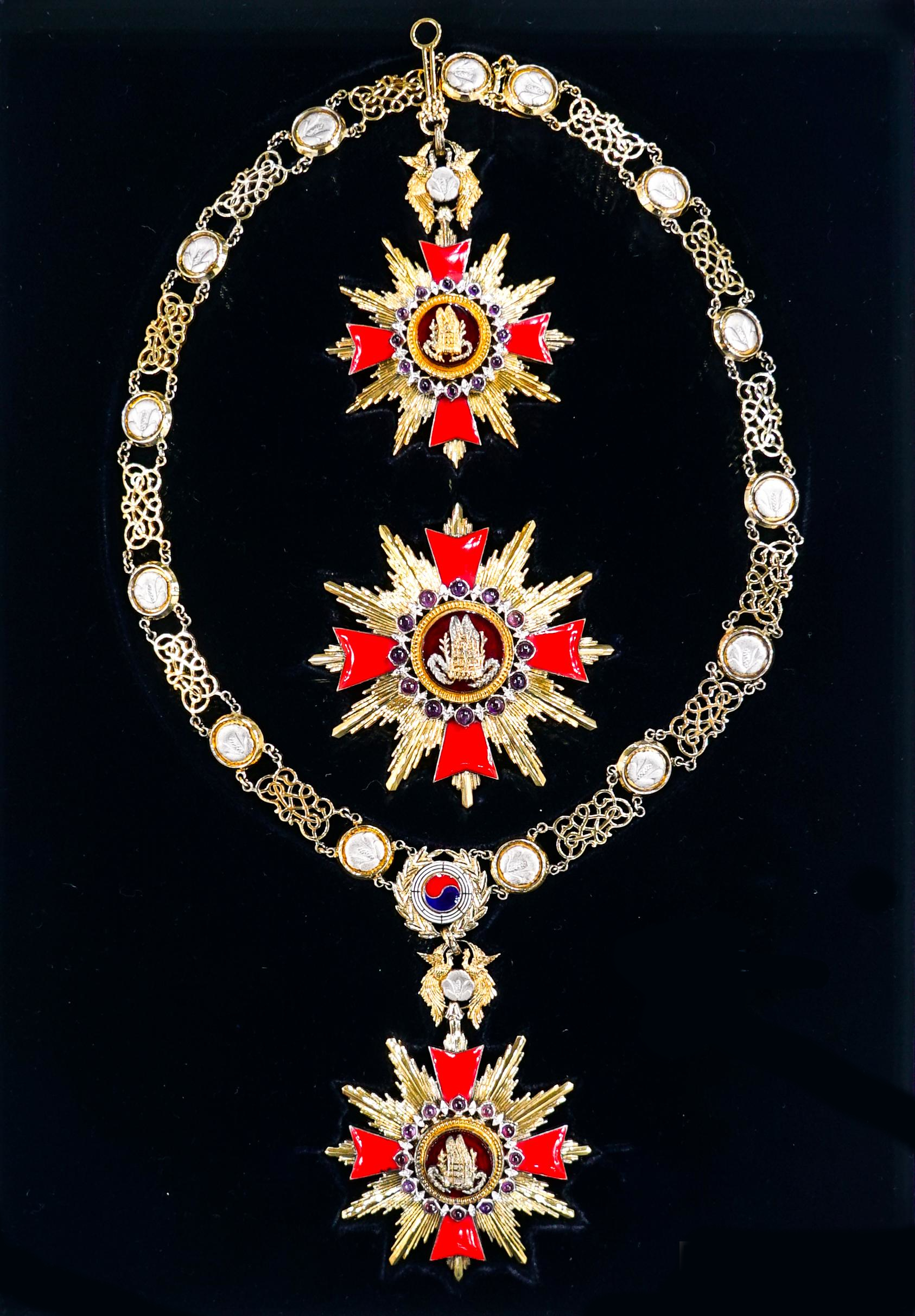

 Argentina
Argentina
 Australia
Australia
 Brazil
Brazil
 China
China
 Germany
Germany
 England
England

 European Union
European Union
 France
France

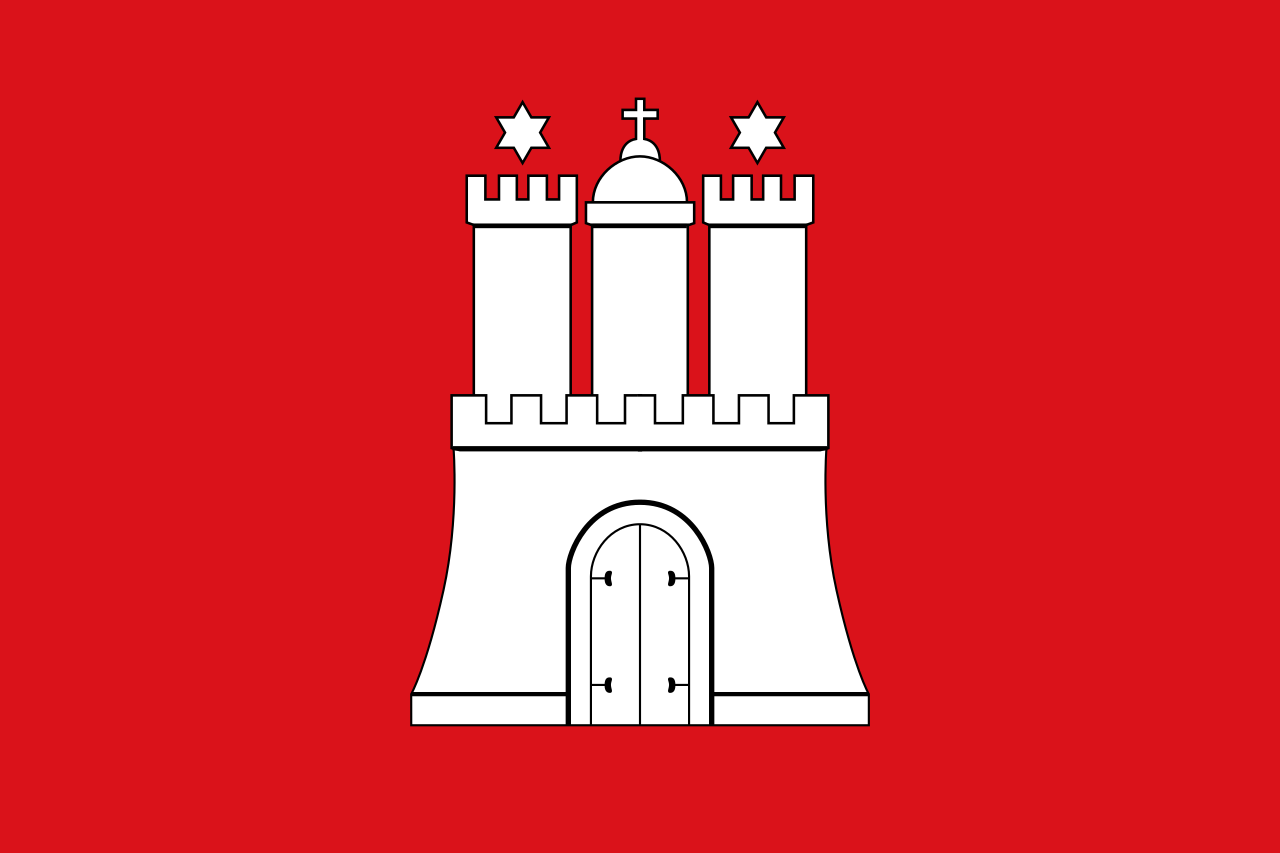 Hamburg
Hamburg

 Hand in Hand
Hand in Hand
 India
India
 Indonesia
Indonesia
 Italy
Italy
 Japan
Japan
 Canada
Canada
 Mexico
Mexico

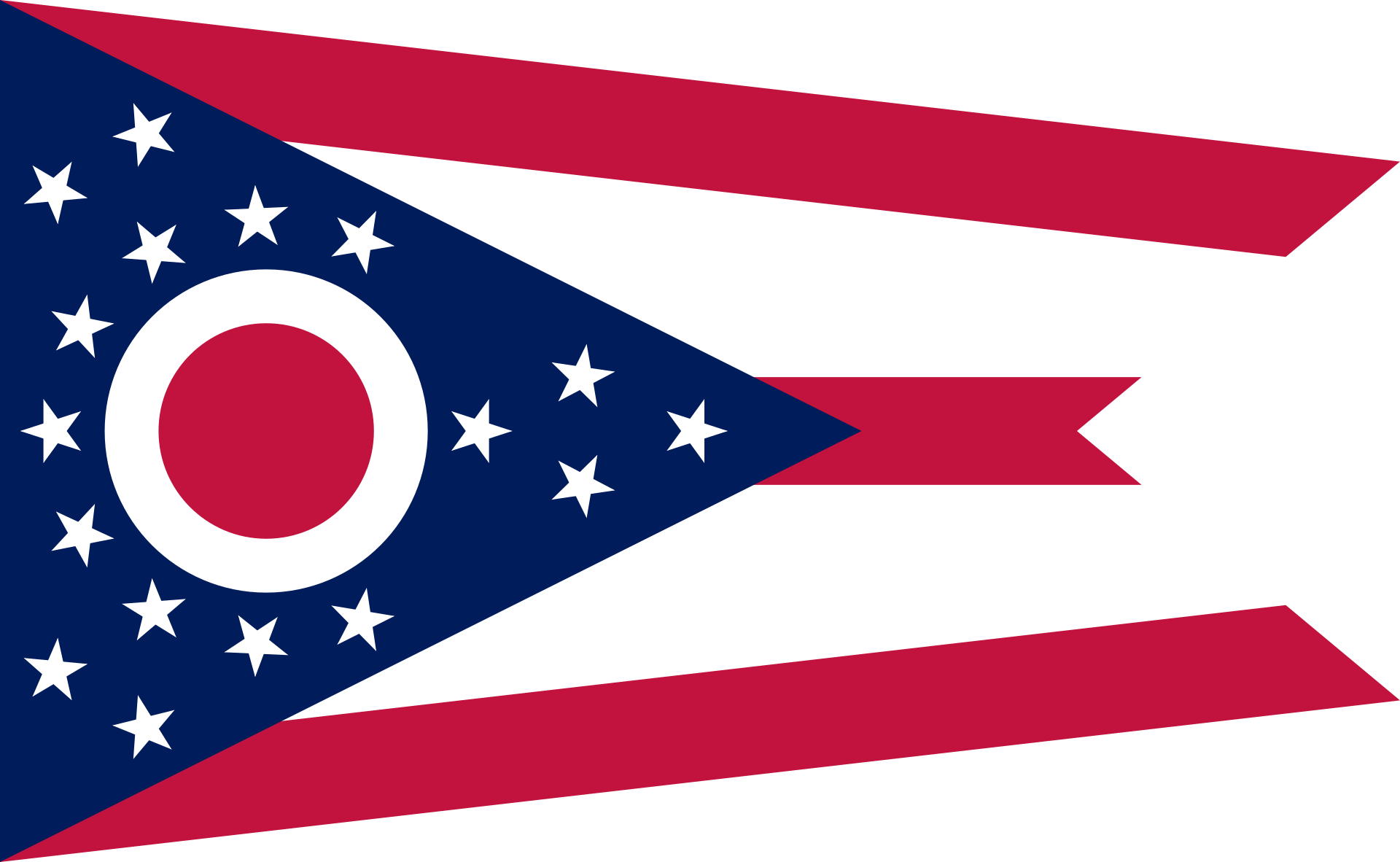 Ohio-OH
Ohio-OH

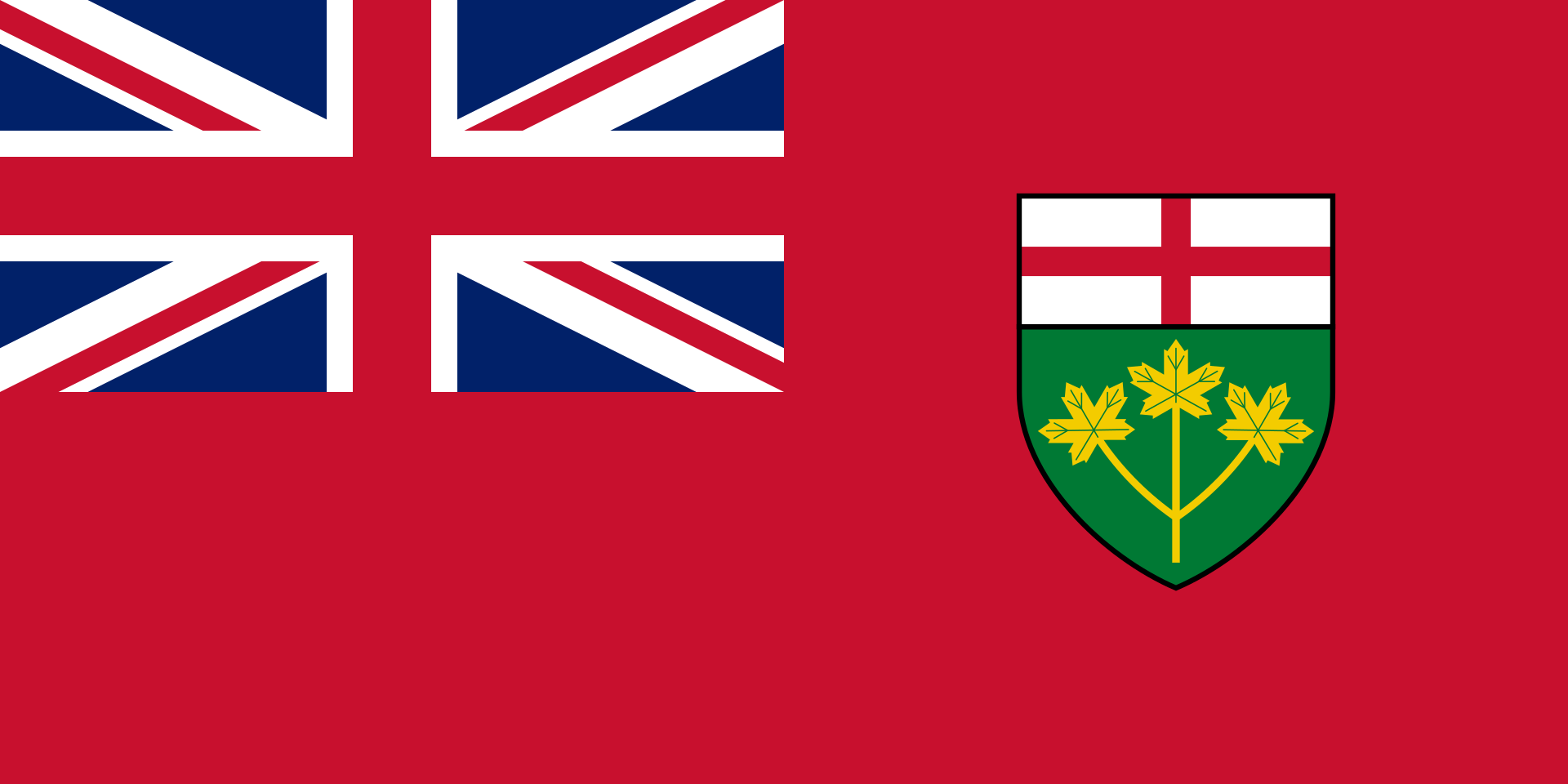 Ontario-ON
Ontario-ON

 Party and government
Party and government

 Party and government
Party and government
 Group of the twenty most important industrial and emerging countries
Group of the twenty most important industrial and emerging countries

 Provence-Alpes-Côte d´Azur
Provence-Alpes-Côte d´Azur

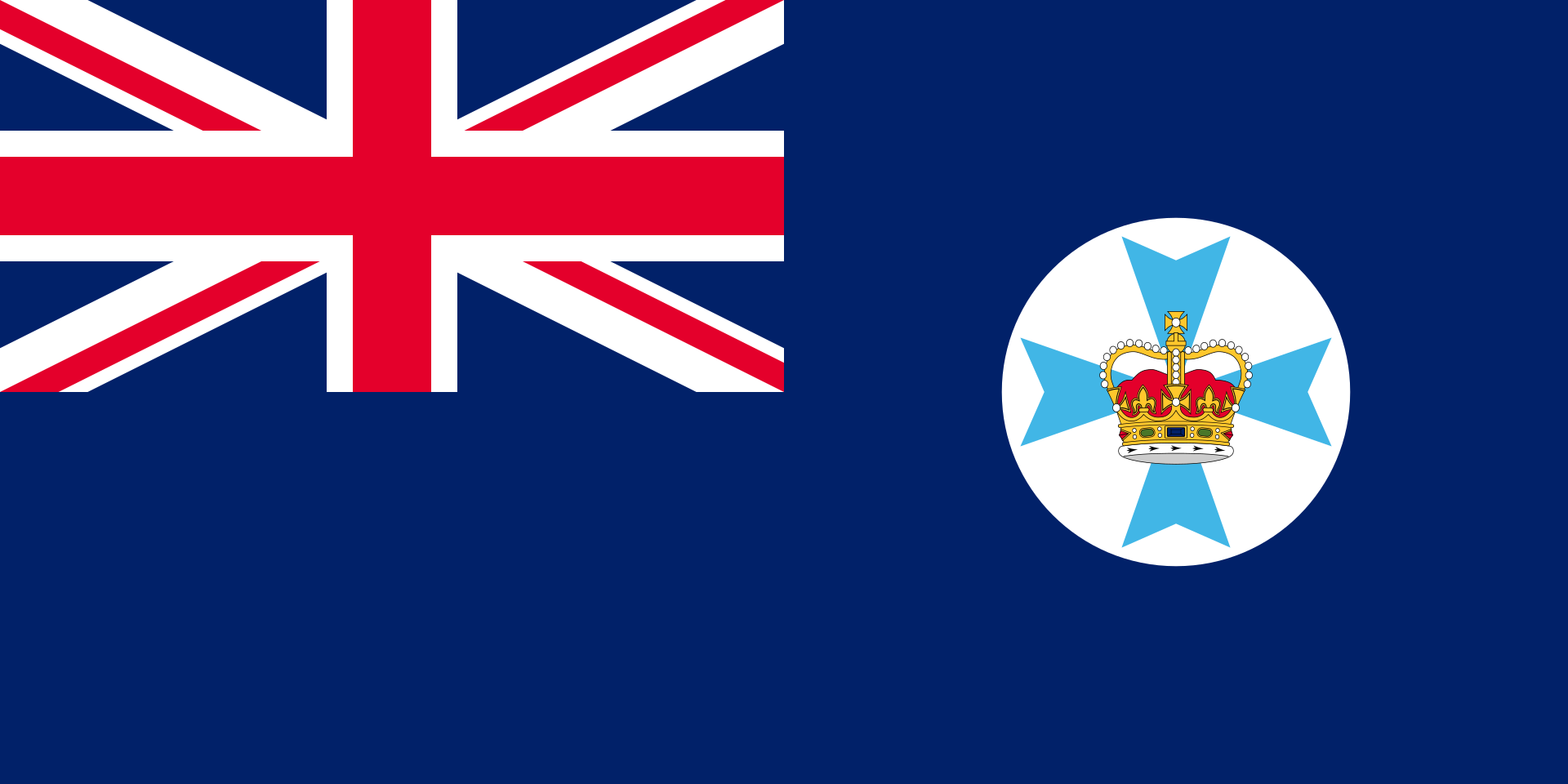 Queensland-QLD
Queensland-QLD
 Republic of Korea
Republic of Korea
 Russia
Russia
 Saudi Arabia
Saudi Arabia
 South Africa
South Africa
 Turkey
Turkey
 United States
United States
 United Kingdom
United Kingdom

 Washington, D.C.
Washington, D.C.
 Zhejiang Sheng-ZJ
Zhejiang Sheng-ZJ

20国集团(G20)是一个国际经济合作论坛,于1999年9月25日由八国集团的财长在华盛顿宣布成立,属于布雷顿森林体系框架内非正式对话的一种机制,由原八国集团以及其余十二个重要经济体组成。该组织的宗旨是为推动已工业化的发达国家和新兴市场国家之间就实质性问题进行开放及有建设性的讨论和研究,以寻求合作并促进国际金融稳定和经济的持续增长,按照以往惯例,国际货币基金组织与世界银行列席该组织的会议。20国集团成员涵盖面广,代表性强,该集团的GDP占全球经济的90%,贸易额占全球的80%,因此已取代G8成为全球经济合作的主要论坛。 二十国集团(英语:Group of Twenty,缩写:G20)是一个国际经济合作论坛,于1999年12月16日在德国柏林成立,属于布雷顿森林体系框架内对话的一种机制,由七国集团(加拿大、美国、英国、法国、德国、意大利、日本),金砖五国(巴西、俄罗斯、印度、中国、南非),七个重要经济体(墨西哥、阿根廷、土耳其、沙特阿拉伯、韩国、印度尼西亚、澳大利亚),以及欧洲联盟组成。按照惯例,国际货币基金组织与世界银行列席该组织的会议。
Die G20 (Abkürzung für Gruppe der zwanzig wichtigsten Industrie- und Schwellenländer) ist ein seit 1999 bestehender informeller Zusammenschluss aus 19 Staaten und der Europäischen Union. Sie soll als Forum für die Kooperation und Konsultation in Fragen des internationalen Finanzsystems dienen.
An den Treffen der G20 nehmen die Staats- und Regierungschefs der G20 Länder, die Finanzminister und Zentralbankchefs der G8 und elf weiterer Staaten, darunter die O-5, sowie die EU-Präsidentschaft (wenn diese zu diesem Zeitpunkt nicht von einem G8-Staat geführt wird), der Präsident der Europäischen Zentralbank, der Geschäftsführende Direktor (Managing Director) des Internationalen Währungsfonds, der Vorsitzende des Internationalen Währungs- und Finanzausschusses (IMFC), der Präsident der Weltbank und der Vorsitzende des Development Committees von Weltbank und Internationalem Währungsfonds teil.
G20(ジートゥエンティ)は、"Group of Twenty"の略で、主要国首脳会議(G7)に参加する7か国、EU、ロシア、および新興国11か国の計20か国・地域からなるグループである。
構成国・地域は、アメリカ合衆国、イギリス、フランス、ドイツ、日本、イタリア、カナダ、EU、ロシア、中華人民共和国、インド、ブラジル、メキシコ、南アフリカ共和国、オーストラリア、大韓民国、インドネシア、サウジアラビア、トルコ、アルゼンチンである。20か国・地域首脳会合(G20首脳会合)および20か国・地域財務大臣・中央銀行総裁会議(G20財務相・中央銀行総裁会議)を開催している。主要20か国・地域[1][2]とも言い、日本の放送局であるNHKでは、先進国会合であるG7と区別して、先進国に新興国を加えた主要20か国[3]と表現している。
The G20 (or Group of Twenty) is an international forum for the governments and central bank governors from 19 countries and the European Union (EU). Founded in 1999 with the aim to discuss policy pertaining to the promotion of international financial stability,[3] the G20 has expanded its agenda since 2008 and heads of government or heads of state, as well as finance ministers, foreign ministers and think tanks[4], have periodically conferred at summits ever since. It seeks to address issues that go beyond the responsibilities of any one organization.[3]
Membership of the G20 consists of 19 individual countries plus the European Union. The EU is represented by the European Commission and by the European Central Bank. Collectively, the G20 economies account for around 90%[5] of the gross world product (GWP), 80% of world trade (or, if excluding EU intra-trade, 75%), two-thirds of the world population,[2] and approximately half of the world land area.
With the G20 growing in stature[6] after its inaugural leaders' summit in 2008, its leaders announced on 25 September 2009 that the group would replace the G8 as the main economic council of wealthy nations.[7] Since its inception, the G20's membership policies have been criticized by some intellectuals,[8][9] and its summits have been a focus for major protests.[10][11]
The heads of the G20 nations held summits twice in 2009 and twice in 2010. Since the November 2011 Cannes summit, G20 summits have been held annually.[12]
Le Groupe des vingt (G20) est un groupe composé de dix-neuf pays et de l'Union européenne dont les ministres, les chefs des banques centrales et les chefs d'État se réunissent annuellement. Il a été créé en 1999, après la succession de crises financières dans les années 19901. Il vise à favoriser la concertation internationale, en intégrant le principe d'un dialogue élargi tenant compte du poids économique croissant pris par un certain nombre de pays. Le G20 représente 85 % du commerce mondial, les deux tiers de la population mondiale et plus de 90 % du produit mondial brut (somme des PIB de tous les pays du monde)1. Le 15 novembre 2008, pour la première fois de son histoire, les chefs d'État ou de gouvernement se sont réunis. Le G20 se décline sous trois formes : les G20 regroupant des chefs d'État et de gouvernement, les G20 finance regroupant les ministres des finances et les gouverneurs des banques centrales et, depuis les 20-21 avril 2010, des G20 sociaux, réunissant les ministres de l'emploi.
Il Gruppo dei 20 (o G20) è un forum dei leader, dei ministri delle finanze e dei governatori delle banche centrali, creato nel 1999, dopo una successione di crisi finanziarie per favorire l'internazionalità economica e la concertazione tenendo conto delle nuove economie in sviluppo. Di esso fanno parte i 19 paesi più industrializzati (quelli del G8 in primis) con l'eccezione di Spagna e Paesi Bassi (sono presenti invece Argentina e Sudafrica). È presente, inoltre, l'Unione europea.
Il G20 rappresenta i due terzi del commercio e della popolazione mondiale, oltre all'80% del PIL mondiale. Sono presenti anche alcune tra le maggiori organizzazioni internazionali.
El Grupo de los 20 (numerónimo: G-20) es un foro cuyos miembros permanentes son 19 países de todos los continentes (Alemania, Arabia Saudita, Argentina, Australia, Brasil, Canadá, China, Corea del Sur, Estados Unidos, Francia, India, Indonesia, Italia, Japón, México, Reino Unido, Rusia, Sudáfrica, Turquía y la Unión Europea).1
Es el principal espacio de deliberación política y económica del mundo.1 En conjunto las entidades políticas representadas en el G20 reúnen el 66 % de la población mundial y el 85 % del producto bruto mundial.1.
El G-20 cuenta además con 14 organizaciones internacionales socias, cuyas presidencias también integran el foro:2
- Mundiales (7): Naciones Unidas (ONU), Fondo Monetario Internacional (FMI), Banco Mundial, Consejo de Estabilidad Financiera (FSB), Organización Internacional del Trabajo (OIT), Organización Mundial de Comercio (OMC) y Organización Mundial de la Salud (OMS)
- Regionales (7): Asociación de Naciones del Sudeste Asiático (ASEAN), Unión Africana, Nueva Alianza para el Desarrollo de África (NEPAD), Comunidad del Caribe (CARICOM), Banco Interamericano de Desarrollo (BID), Banco de Desarrollo de América Latina (CAF) y Organización para la Cooperación y el Desarrollo Económico (OCDE)
El G-20 surgió en dos etapas. Primero en 1999, como un grupo de segundo nivel de autoridades económicas y financieras, y luego como un grupo de primer nivel en 2008, como consecuencia de la crisis mundial que estalló ese año, al constituirse como Cumbre de Jefes de Estado, desplazando al G-8 y al G8+5 como foro de discusión de la economía mundial.3
La instancia más importante del G20 es la Cumbre de Jefes de Estado, denominada Cumbre de Líderes, que se reúne una vez por año.4 El G20 cuenta con dos instancias gubernamentales de segundo nivel, denominadas canales de trabajo: el Canal de Finanzas que reúne a los ministros de Finanzas y presidentes de bancos centrales y el Canal de Sherpas, para tratar los temas no económicos.4
Complementariamente el G-20 cuenta con grupos de participación de la sociedad civil, llamados grupos de afinidad: Business 20 (B20) para empresarios, Civil 20 (C20) para ONGs, Labour 20 (L20) para sindicatos, Science 20 (S20) para científicos, Think 20 (T20) para institutos de investigación, Women 20 (W20) para organizaciones feministas y Youth 20 (Y20) para organizaciones juveniles.4
En 2019 la cumbre se realizó en Osaka Japón, correspondiendo la presidencia del grupo a su primer ministro, Shinzō Abe.
Больша́я двадца́тка (также G20, G-20 , Группа двадцати; официально — англ. The Group of Twenty, major advanced and emerging economies[1]) — клуб правительств и глав центральных банков государств с наиболее развитой и развивающейся экономикой[2].
В совокупности, G20 представляет 85 % мирового валового национального продукта, 75 % мировой торговли (включая торговлю внутри ЕС) и две трети населения мира[2].
Европейский союз представлен председателем Европейской комиссии и председателем Европейского совета[3]. Кроме того, обычно на встречах G20 присутствуют представители различных международных организаций, среди которых Совет по финансовой стабильности, Международный валютный фонд, Всемирная торговая организация, Африканский Союз, АСЕАН, Организация Объединённых Наций и Всемирный банк[2].
Группа 20 была создана в ответ на азиатский финансовый кризис конца 1990-х[2] и растущее сознание того, что страны с развивающейся рыночной экономикой не были адекватно представлены в мировых экономических обсуждениях и принятии решений. Переход от «большой семёрки» к формату G20 был ускорен из опасения катастрофы глобальной экономики в общемировой экономический кризис 2008 года[4]. До 2008 года группа не проводила саммитов на высшем уровне, её основной формой деятельности были ежегодные встречи на уровне министров финансов и глав центробанков. На сегодняшний день саммиты G20 являются глобальным форумом для сотрудничества и консультаций по вопросам, относящимся к международной финансово-экономической системе.

 Geography
Geography
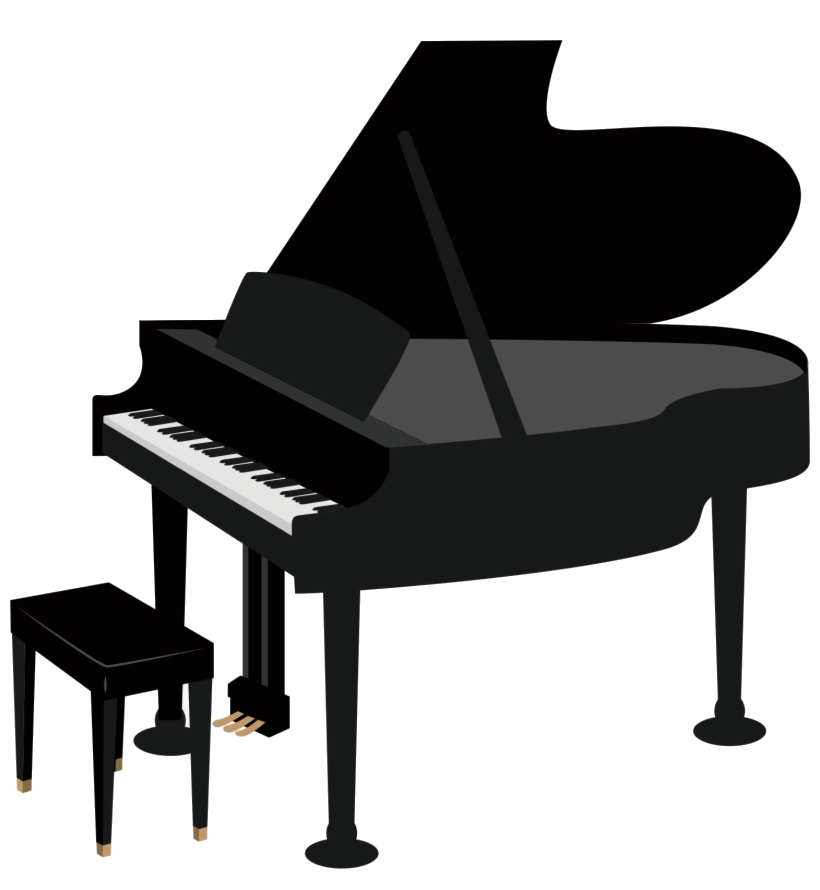 Musical instrument
Musical instrument
 Architecture
Architecture
 Botany
Botany
 Sport
Sport
 History
History
 Games
Games
 Motorsport
Motorsport

 Religion
Religion
 Economy and trade
Economy and trade
 Companies
Companies